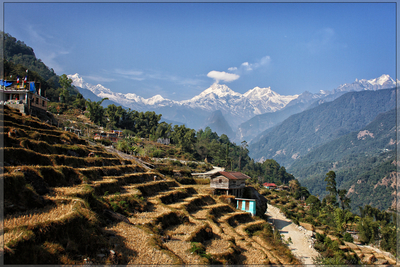
Lingthem
Village Lingthem lies on the slopes of the mountain. The sacred Kangchendzonga is covering the horizon.
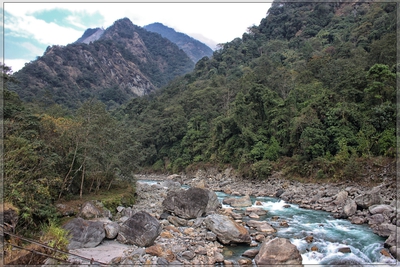 Dzongu is an area in the mountainous region of North
Sikkim and a few hour drive from Gangtok. It has been established
as an official reserve for the 'Lepcha' people. Entering the
area requires a special permit from the government. The region is
blessed with serene beauty of Himalayan peaks and rivers. Most of
it is a jungle with secluded villages far and few between. The
roads are scenic but not smooth and there is no public
transport.
Dzongu is an area in the mountainous region of North
Sikkim and a few hour drive from Gangtok. It has been established
as an official reserve for the 'Lepcha' people. Entering the
area requires a special permit from the government. The region is
blessed with serene beauty of Himalayan peaks and rivers. Most of
it is a jungle with secluded villages far and few between. The
roads are scenic but not smooth and there is no public
transport.
Lepchas are indigenous people living in Dzongu for ages. They do not believe that they had migrated from elsewhere. Instead they think the Kangchendzonga is the one who have brought them to the Earth. Of course Kangchendzonga plays a pivotal role in their lives. Several rituals are attributed to the mountain and their ceremonies often include salutation to Himalaya - 'Achuley!'. These customs are reminiscent of their ancient culture before Buddhism took roots in most part of Dzongu. Lepchas have their own language as well as script.
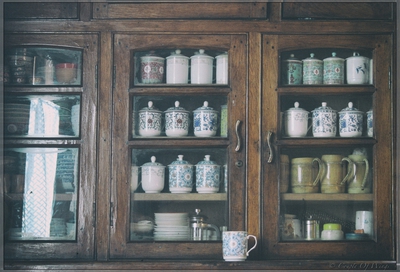 Lepchas live fairly self sufficient lives in their community
villages. Most of the houses are built on large piece of land on
the slopes of the mountain. Around the houses they also maintain
the garden to cultivate the veggies and feed the livestock. Many
villagers also grow rice in the paddyfields on the slope. For
relatively few needs they rely on larger towns which are
typically an hour or more of treacherous drive from various villages.
They enjoy their Chai (tea) and Chi (locally brewed drink).
Lepchas live fairly self sufficient lives in their community
villages. Most of the houses are built on large piece of land on
the slopes of the mountain. Around the houses they also maintain
the garden to cultivate the veggies and feed the livestock. Many
villagers also grow rice in the paddyfields on the slope. For
relatively few needs they rely on larger towns which are
typically an hour or more of treacherous drive from various villages.
They enjoy their Chai (tea) and Chi (locally brewed drink).
The chimes of turquoise-blue Rongyung Chu (river) is always in the air as she dribbles over the pebbles and rocks. Often it is the only sound among the daunting mountains and deep valleys that surround you. Blessed with the tantalizing beauty of Himalayan landscape and warm hospitality of Lepchas the region offers an unmatched experience of a lifetime. In Lepcha language Mayal Lyang means hidden land, aptly describing this remote place.
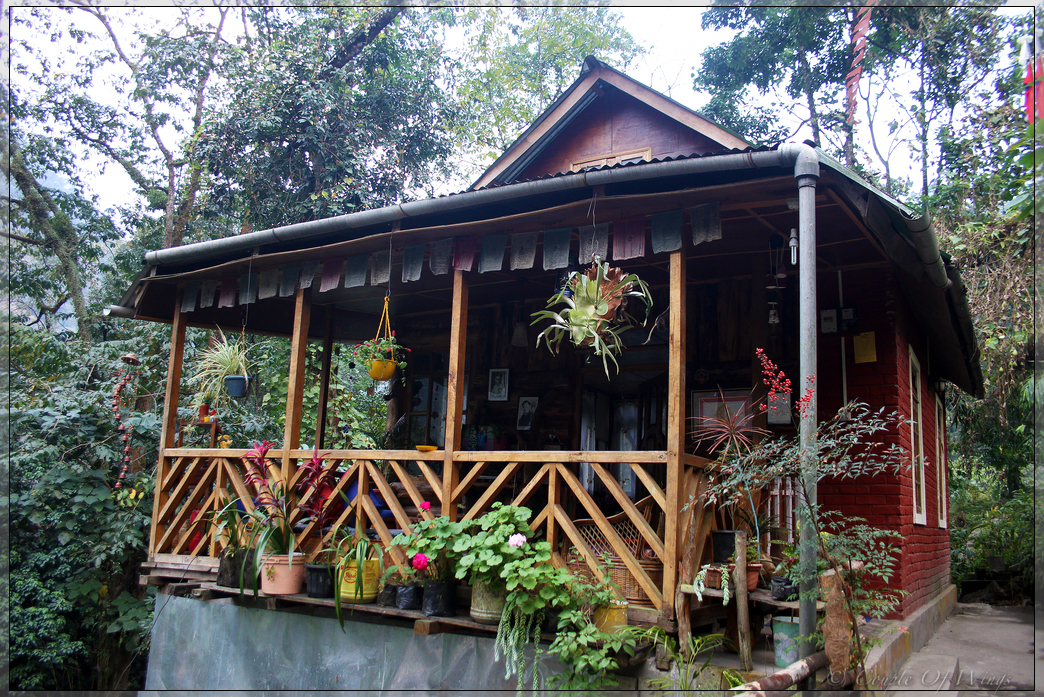 'Mayal Lyang' is also the name of a home-stay in 'Passingdang' - a small
village on the slopes of the mountain with Rongyung flowing
below. Several large concrete steps below the main street,
Mayal-Lyang appears dissolved in its surrounding. Wrapped
in the garden and trees, a few permanent structures stand
where the guests and host Gyatso Lepcha resides with his
family.
'Mayal Lyang' is also the name of a home-stay in 'Passingdang' - a small
village on the slopes of the mountain with Rongyung flowing
below. Several large concrete steps below the main street,
Mayal-Lyang appears dissolved in its surrounding. Wrapped
in the garden and trees, a few permanent structures stand
where the guests and host Gyatso Lepcha resides with his
family.
With the sound of river and cold mountain air Mayal Lyang
is smoothing and relaxing place. One can take a stroll
in the garden where they grow what they need -
from spinach to squash and from guava to oranges. The hilly
path also takes to you down to the river itself, where one can
relax and watch water rushing through the pebbles. Looking at
the green cover surrounding the mammoth mountains one can
not be blamed to be lost in thoughts...
About an hour and a half hike away from Passingdang, Lingthem is a relatively large village of about 250 households at an elevation of about 1300mtr. The hike is steep but not difficult. A 200 year old monastery and annual festivals make Lingthem a notable village in Dzongu. The importance of this monastery and village is further due to the monumental sight of none other than Kangchendzonga aka Kanchenjunga, the third highest mountain in the world. Kangchendzonga is of pivotal importance in the lives of Lepchas. They believe the the mountain is responsible for their well-being and is treated as God.
From the village one can easily see the entire mountain range, including Kangchendzonga (8586m), Simhu Twins (6812m,6811m), Sinilocha (6887m), Talung (7349m), Pandim (6691m), Kabru (7338m) and Jopuno (5963m) etc.
However the most serene view of the mountain can be experienced if one braves the early morning cold to reach Lignthem before sunrise. As the rising sun-rays hit the mountain, the peaks lit up in golden fire. Indeed it is one of those once-in-a-lifetime moments.

One of the most visible landmarks in Passingdang is a huge scar on the face of a nearby mountain. In 2016 a massive landslide rushed down the hill crushing several houses under its massive debris. The rocky landslide was estimated to be about a kilometer in height and half a kilometer in width. Thankfully no one was hurt but the fallen mass blocked the river Rongyung. This resulted in a dam that was about 50 meter deep, 150 meter wide and stretching for about a kilometer upstream.
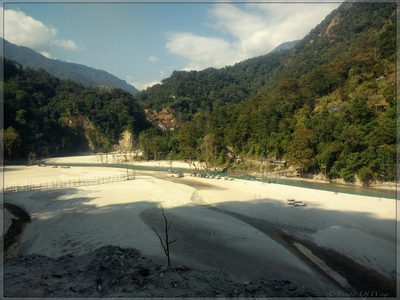 Such a catastrophic moment had a lasting impact on the lives of Lepchas. The
flow of the river was altered and several people were
cutoff from rest of the world for many days. The roads were
destroyed and even today those remain treacherous to drive.
The massive dam remained for some time following the
incidence and the river dumped massive debris.
Such a catastrophic moment had a lasting impact on the lives of Lepchas. The
flow of the river was altered and several people were
cutoff from rest of the world for many days. The roads were
destroyed and even today those remain treacherous to drive.
The massive dam remained for some time following the
incidence and the river dumped massive debris.
Today on the top of the fallen cliff wave several prayer flags highlighting the immortality of life. The dam has now been drained leaving behind a massive 'beach' in the middle of mountains!

Namprikdang is a small village, about 3kms from Passingdang where two rivers meet: Rongyung and Teesta. Walk to the village is refreshing. The road winds through the mountain edge with Rongyung flowing below. Confluence itself is amazing. Both the rivers are swift and cut through the mighty mountains creating huge valleys. At the confluence, Teesta appears from behind a mountain and carries Rongyung further into the valley.
En route you are treated with a wide variety of butterflies. Dzongu boasts a portfolio of exotic butterflies, many endemic to Himalayas. This is a must-go place for any butterfly enthusiast. A stroll from Namprikdang to the confluence can offer several species including:
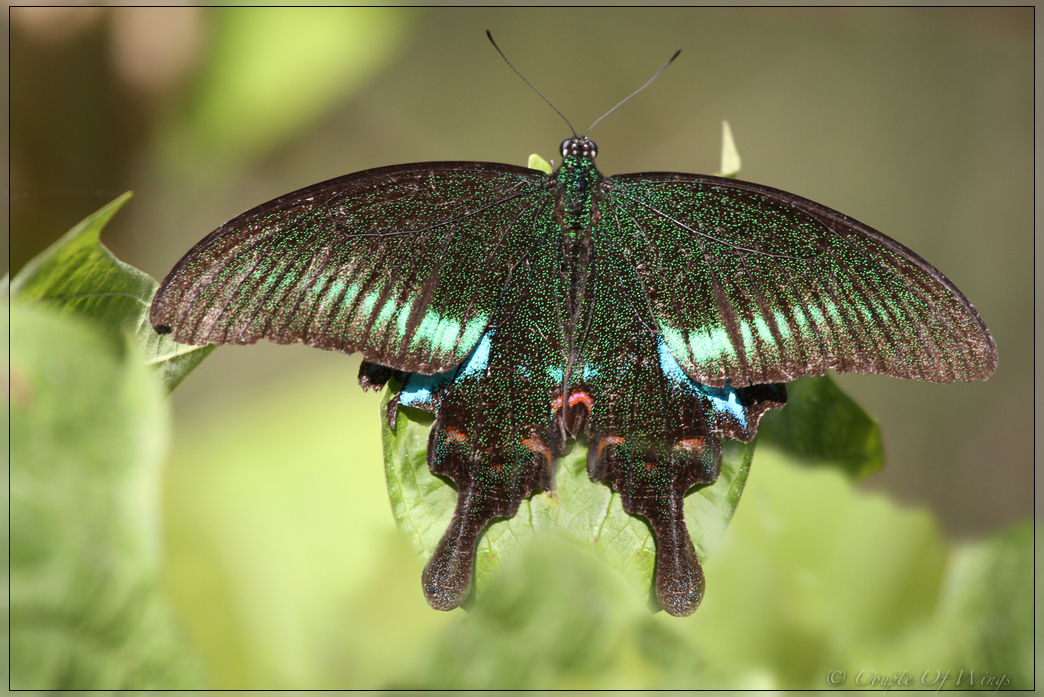
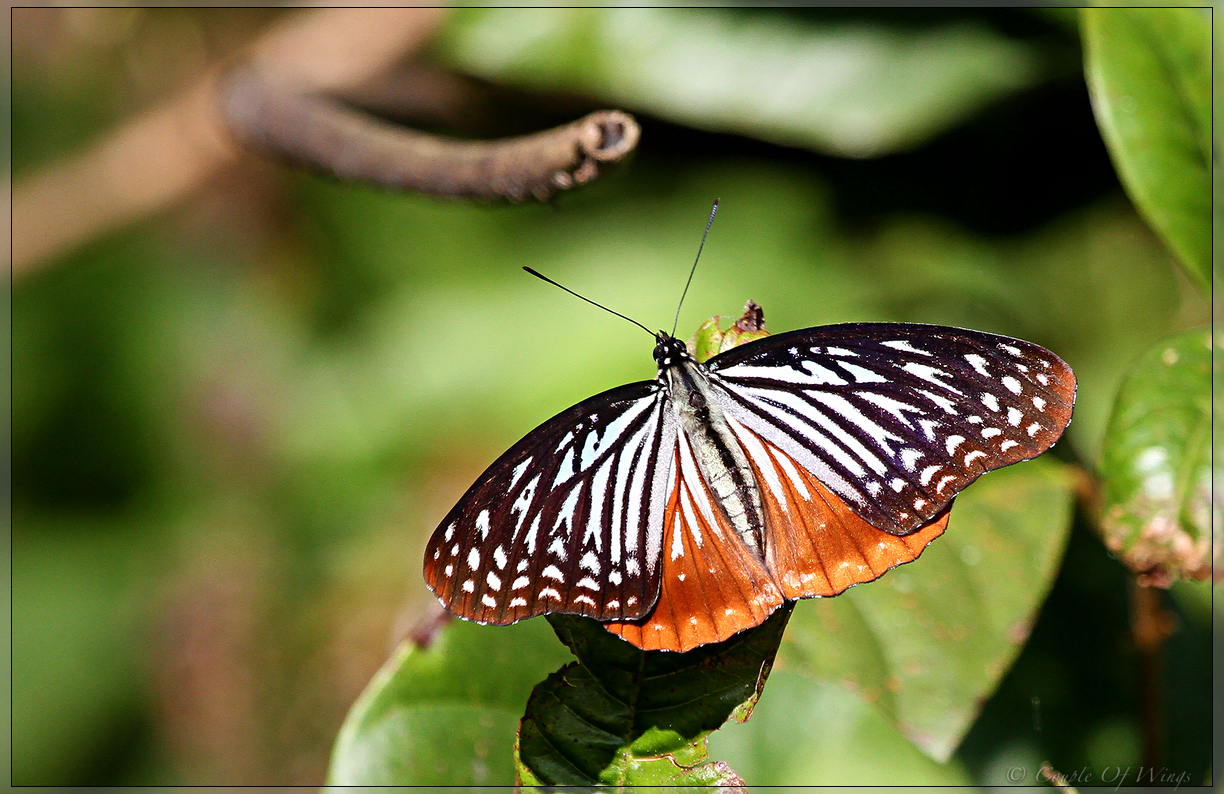

Village Lingthem lies on the slopes of the mountain. The sacred Kangchendzonga is covering the horizon.
Kangchendzonga just before the sunrise
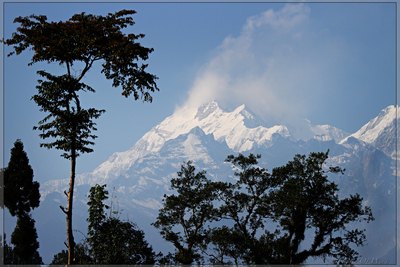
An up-close view of Kangchendzonga
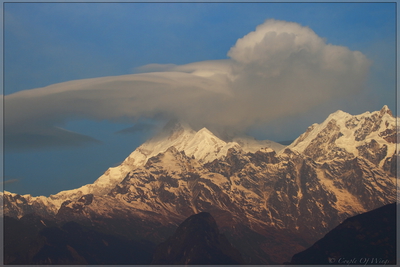
Kangchendzonga covered in clouds.
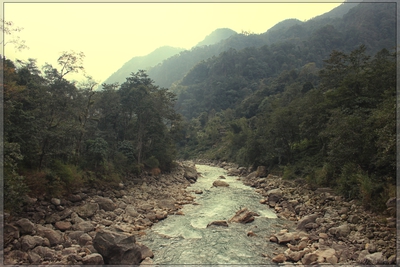
Dzongu has exquisite landscapes. This is just one
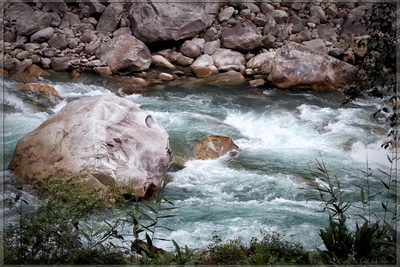
Water flows swiftly around the rocks
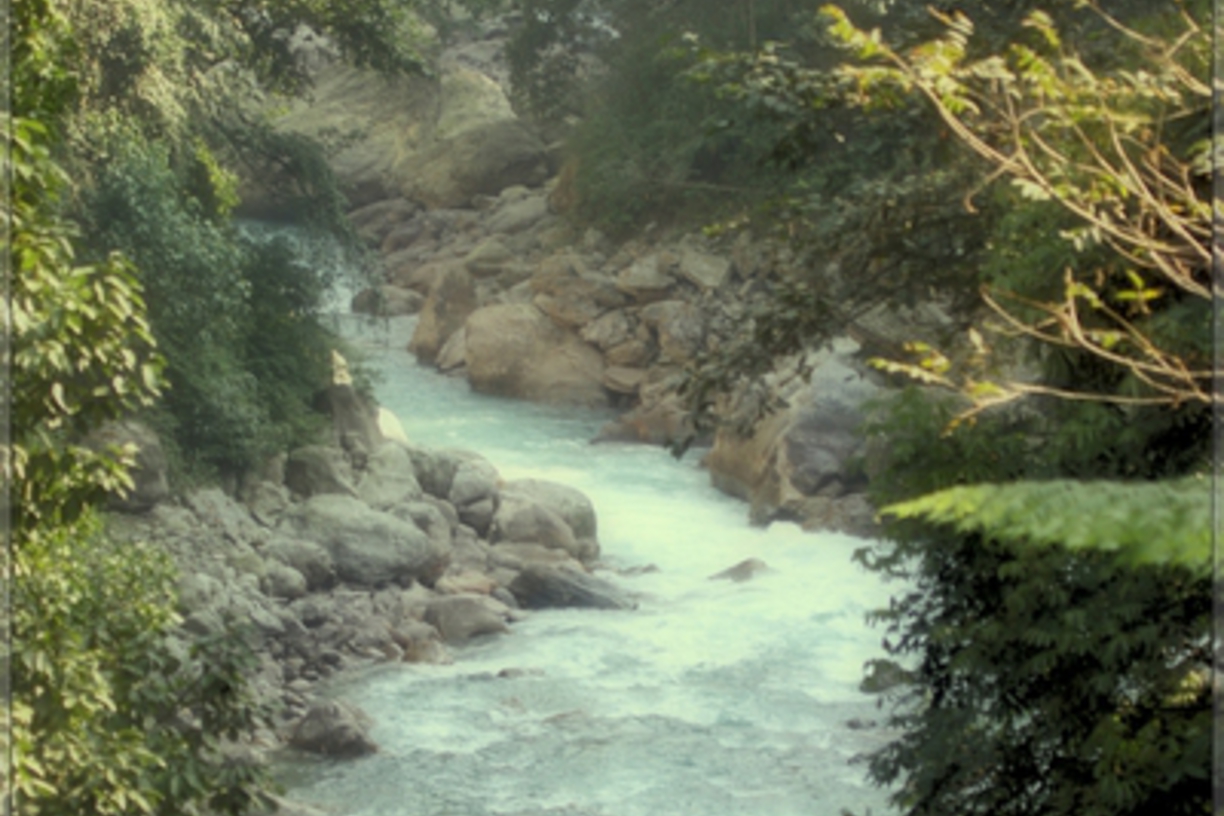
River flowing through the valleys

Beautiful and swift Rongyung Chu cutting through the valley.
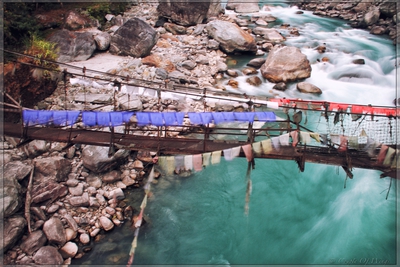
Rongyung CHu flows swiftly underneath an old bridge. People tie prayer flags along the broken bridge
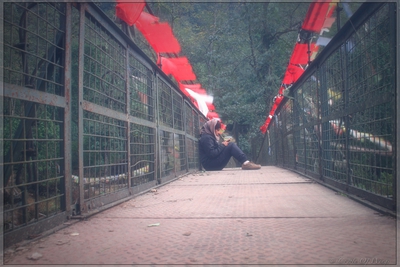
It is peaceful to sit on an empty bridge with Rongyung Chu flowing underneath
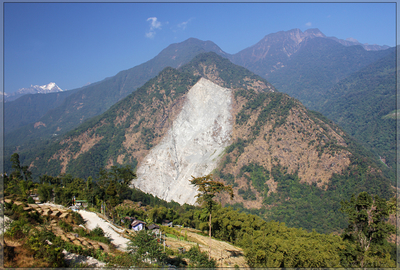
A huge scar than 2016 landslide has left behind
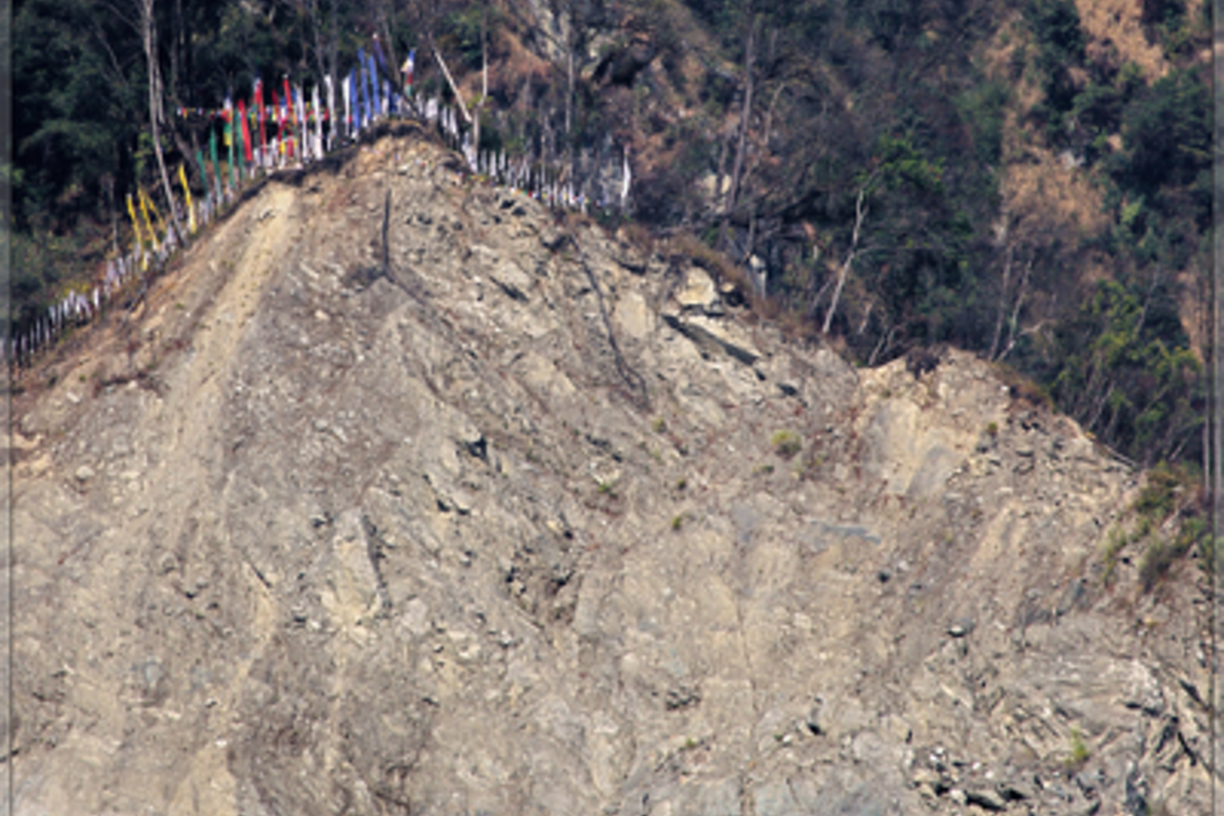
Prayer flags mark the boundaries of the landslide

Landslide has created a beach in the middle of the mountains
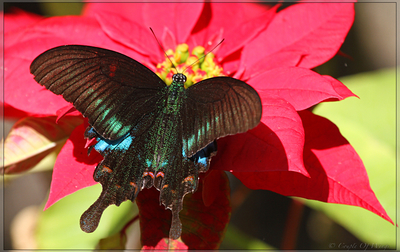
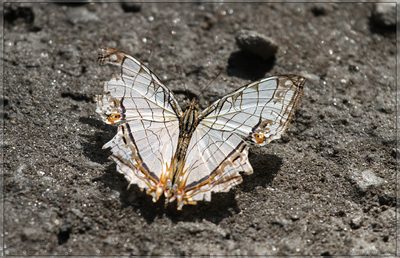
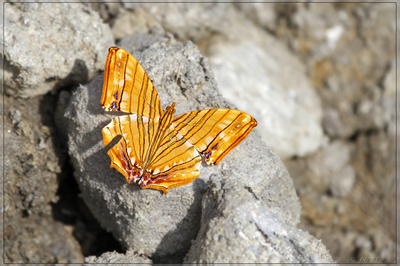

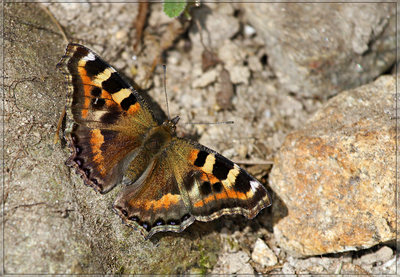
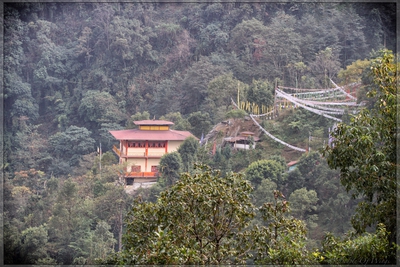
Monastery of Passigndang village is also hidden in the woods
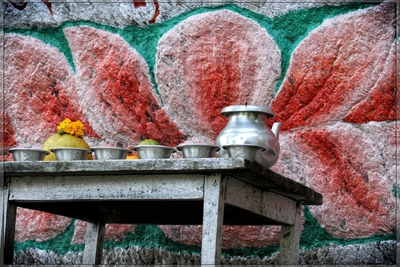
Dzongu is a religious place, with Buddhism as main practiced religion.
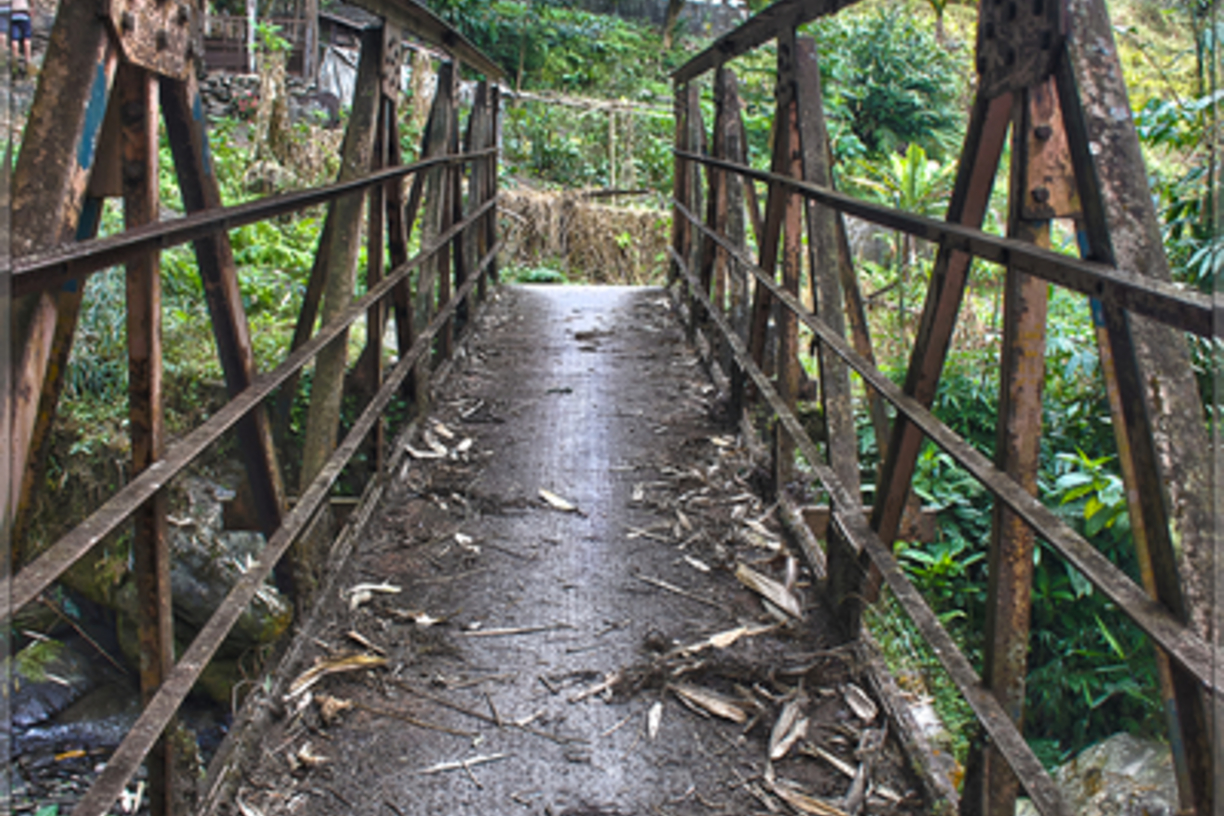
Typical house in Dzongu
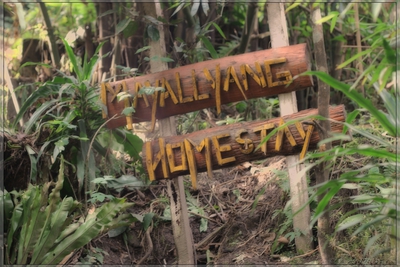
Mayal Lyang Home-stay

One of the structures at Mayal Lyang home stay

Lepchas love their Chai and Chi
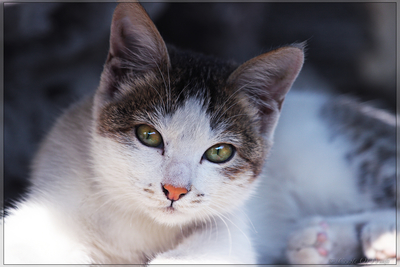
Cats and dogs are integral parts of the Lepcha families. This is 'Quickli'.
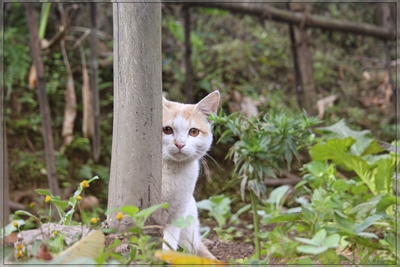
Cats and dogs are integral parts of the Lepcha families. He is 'Sisi'.
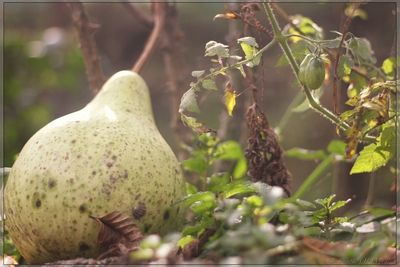
Lepchas grow their food in the gardens around their homes.
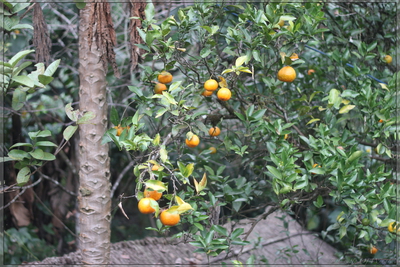
Garden also produce delicious fruits like oranges, guava, papaya etc.
Rolls made up of buckwheat flour, stuffed with wild spinach and cottage cheese.
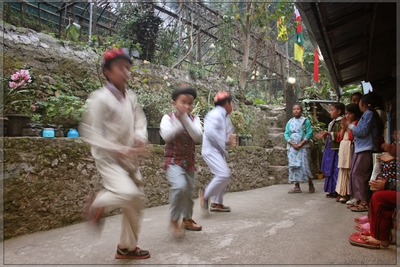
Groups of kids go from house to house and perform their art on the occasion of Lepcha new year.
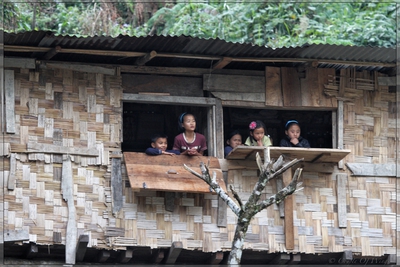
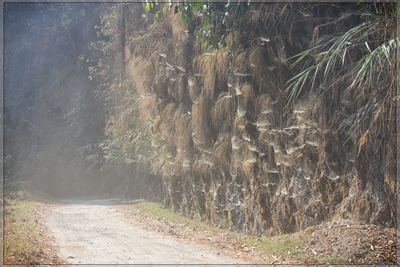
Unusual number of cobwebs hanging on the cliff along the dusty road.
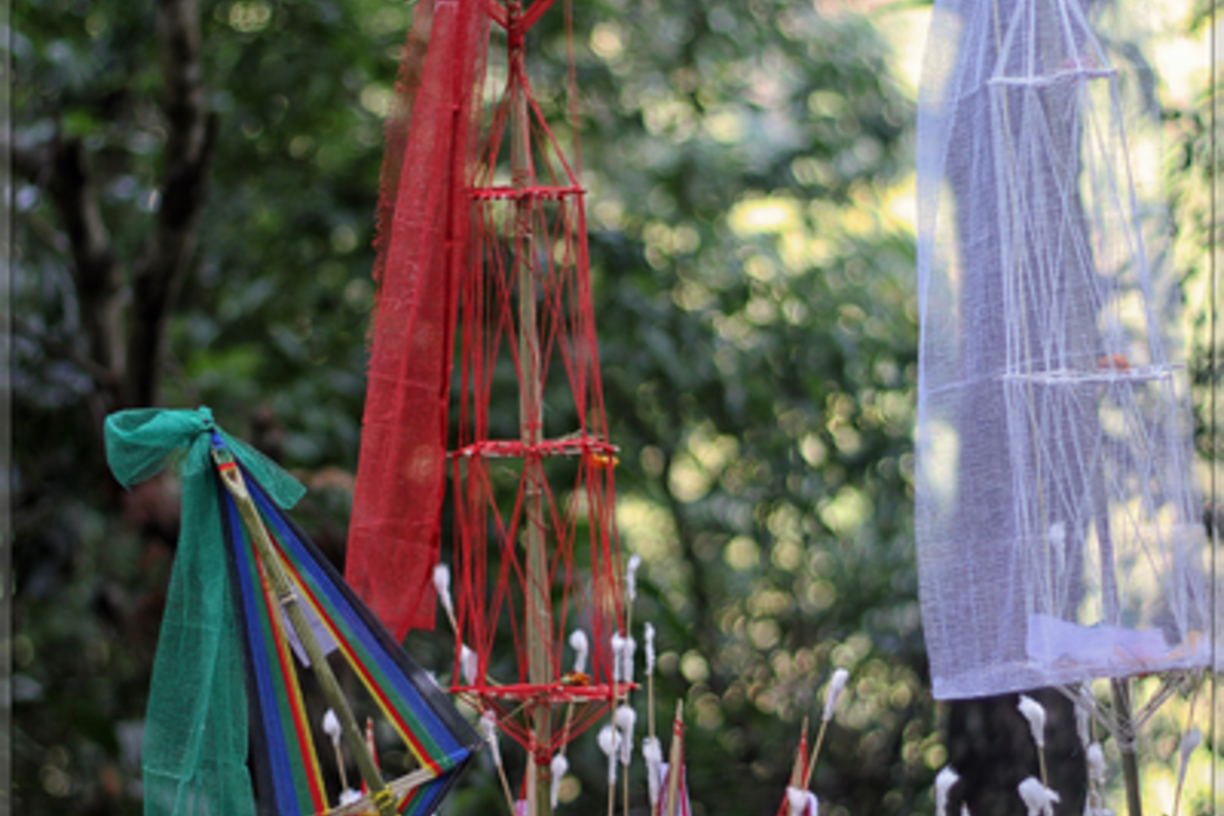
As a courtesy towards the nature, Lepchas keep symbolic offering.
' Mayal Lyang is one of the few home-stays in Dzongu. There are few others. There aren't any hotels available in Dzongu that we know of.
Lepcha's staple food is rice. Their cuisine has similarity with the neighboring regions like Bhutan, Tibet and north Sikkim. Diet is less spicy but can be hot.
Best way is to fly to Bagdogra and take a cab to Passingdang. One can take a train to New Jalpaigudi and cab thereafter Or reach Siliguri by bus and take a cab thereafter.
Dzongu is a restricted area. Everyone needs a permit to enter. One can get the permit at Gangtok or your host can arrange one for you.
View Kangchendzonga
Visit Monasteries
See Lingzya waterfall
Relax in Lingdem hot-springs
Watch birds and butterflies
Enjoy the scenery!